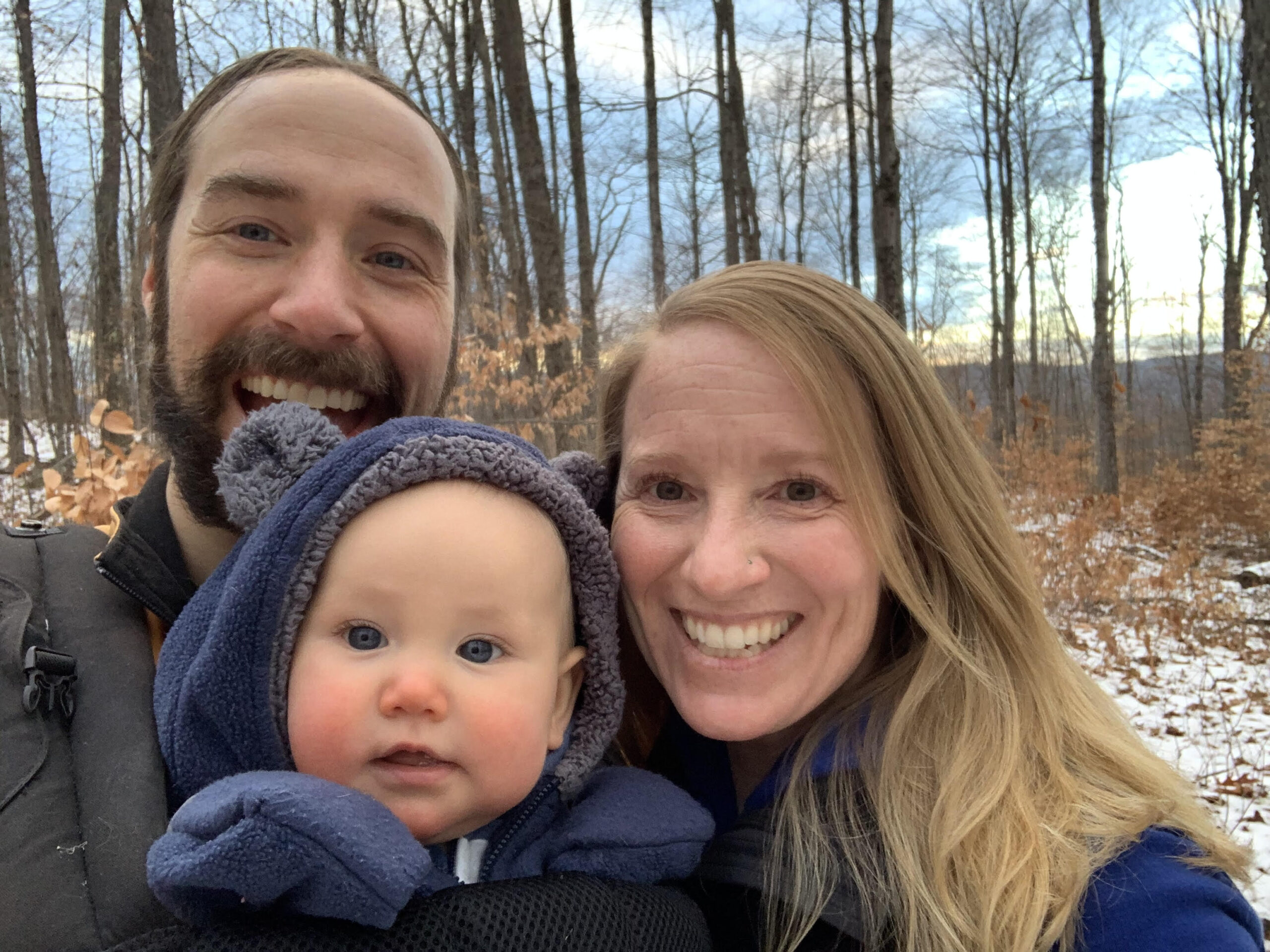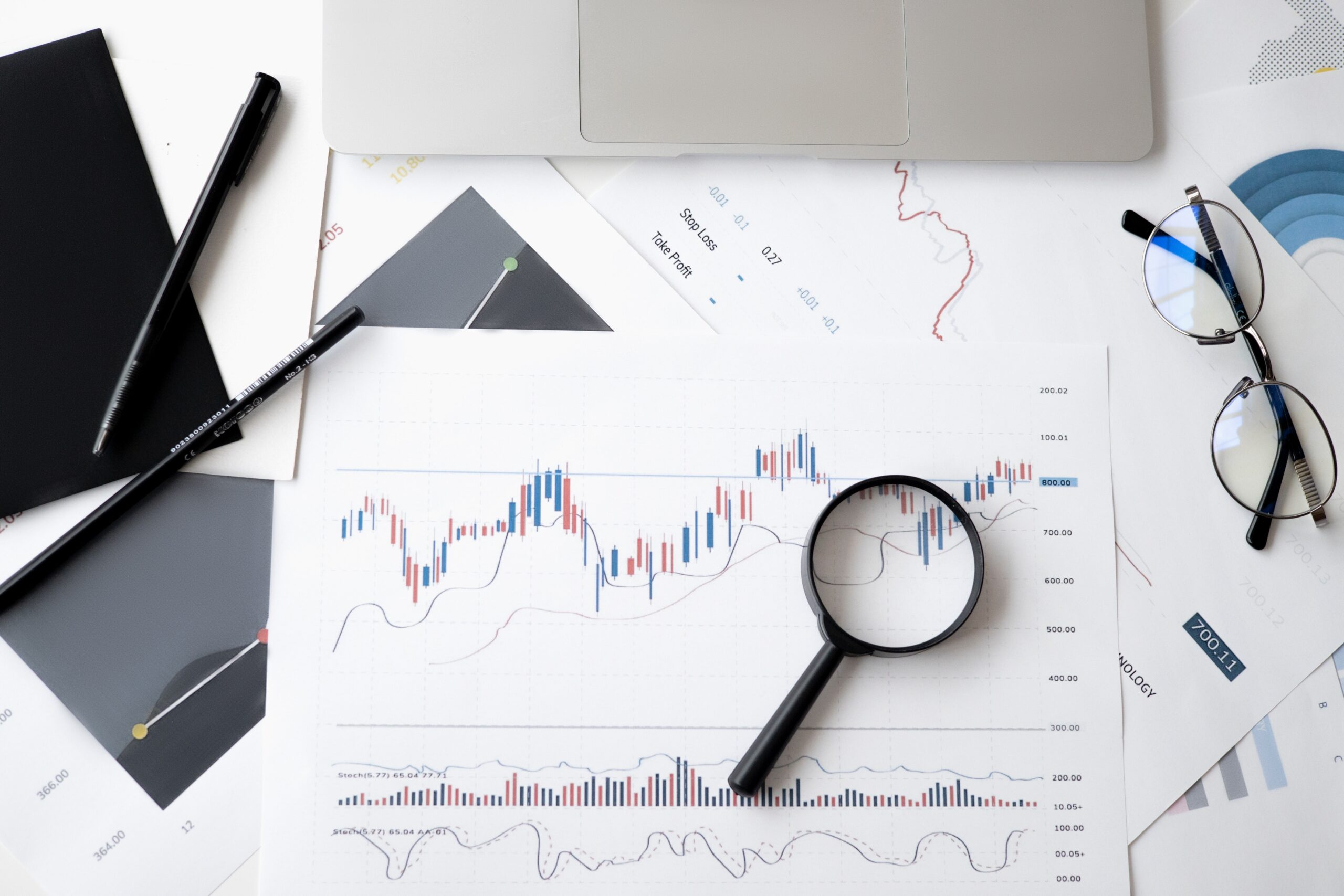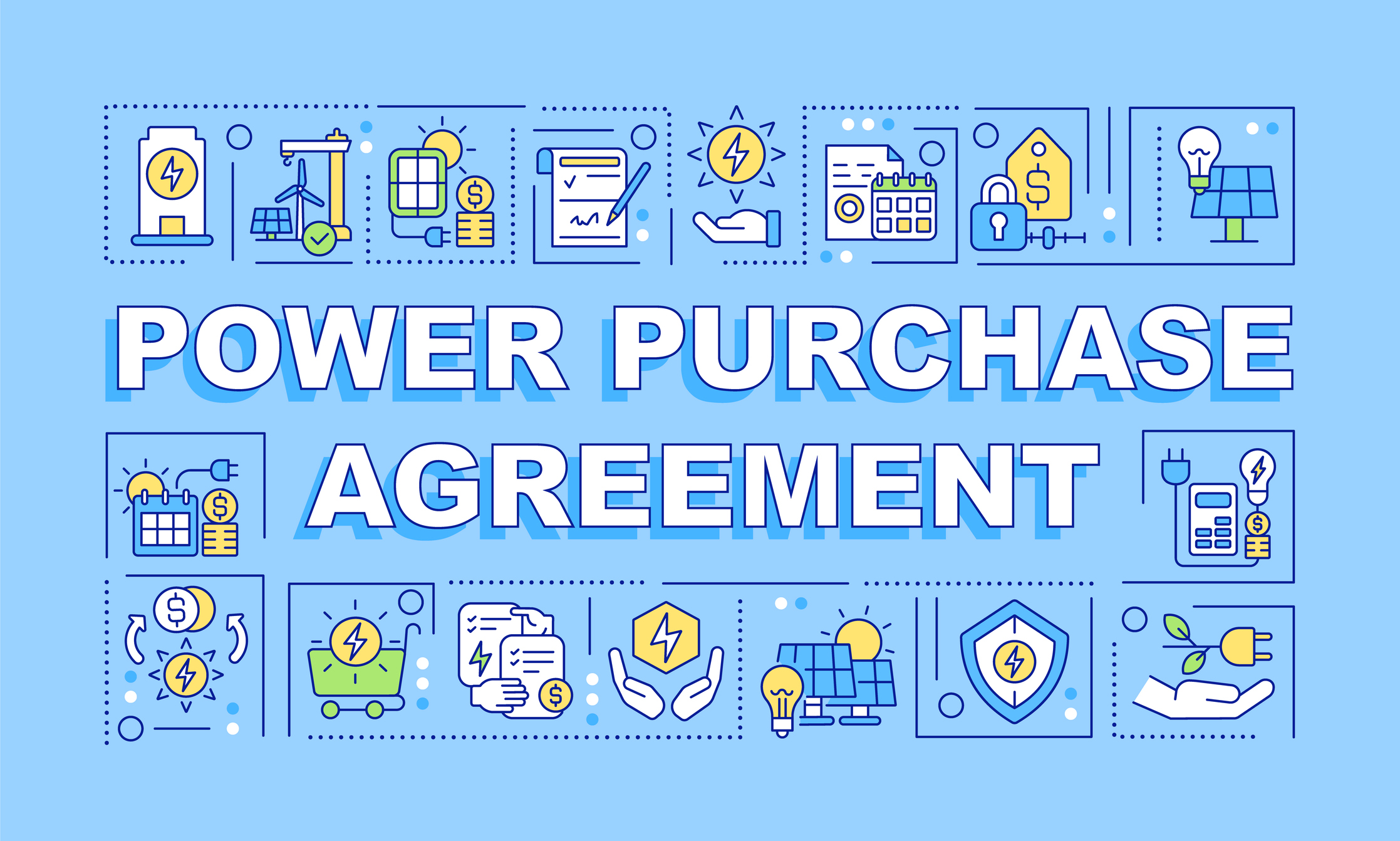With demand up and wild temperature fluctuations increasingly the norm, utilities have turned to distributed energy resource (DER) clean energy programs and demand flexibility conservation strategies to ensure both energy security and lowered energy costs. But how can program managers measure the ability and effectiveness of these DER programs in tackling these growing challenges in our industry? The answer lies in baselining, which serves as a powerful tool in evaluating the impact of your demand flexibility and DER initiatives, as well as for justifying your investment. So how does demand baselining work?
So What is Demand Baselining?
Baselines allow utility program managers an opportunity to better understand the impact of peak-shifting events by estimating what the demand curve would have been without the event. As such, demand baselining is an analytical strategy to better understand and measure programmatic success by visualizing and calculating the impact of demand flexibility events. In general, baselining is a methodology for measuring performance, and that methodology might manifest in a standalone program or an in-app function. Ideally, a good distributed energy resource management system (DERMS) will feature baselining as a function to help better measure outcomes.
Demand baselining helps in planning ahead for future demand events as well as to retroactively evaluate the realized performance of DERs. In short: demand baselining is helpful in:
- Determining compensation for customers based on their DER performance
- Resource planning
- Evaluating the cost-effectiveness of an event or program
Calculating Baselines
There are a variety of ways to approach baselining. At Virtual Peaker, baseline calculations typically use recent behavior of devices during periods without an event to determine a preliminary baseline, and then use an optional “true-up” calculation to determine the final baseline. Baseline calculations can be configurable to program managers by time duration (ex. Days vs. weeks vs. years, etc.).
The Preliminary Baseline
To calculate a preliminary baseline, Virtual Peaker uses some number of previous “like days,” (adjustable based on program managers’ needs). A like day is a day with similar characteristics to the event day. Characteristics that can be considered in the calculation are weekday versus weekend, holiday versus non-holiday, event day versus non-event day, and local weather conditions. Event days are never included as like days because the goal of the baseline is to estimate the behavior of the devices during normal operation. Proximity of potential “like days” to prior event days are also taken into consideration for baselining.
Figure 1 provides an example of determining the baseline using five like days for an event scheduled from 4PM to 7PM on Thursday July 7.
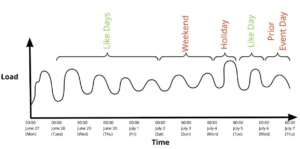
Figure 1) A graph showing the load over time for June 27 through July 6, which is used to determine the like days for an event on July 7.
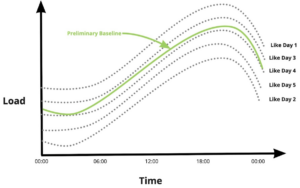
Figure 2 shows like days combining to create the preliminary baseline. Different methods can be used to create the preliminary baseline, including regression analysis, machine learning models, and averaging, to name a few.
The Final Baseline
To calculate the final baseline, the preliminary baseline can be adjusted using a “true-up” period. If the true-up calculation is excluded, then the preliminary baseline is the final baseline.
Establishing a Demand Baseline
Each utility establishes its custom baseline, whether it’s utilizing the example above, or something unique to your utility’s programmatic needs. Once you’ve committed to your preferred demand baselining strategy, program managers are tasked with determining the best approach for their needs. Before getting started, consider some of the following basic questions:
- What constitutes success for your program?
- When is the optimal time to run an event?
- Are you running events with dispatchable DERs?
- Leveraging behavioral events/time of use (TOU) rates?
- What measurements are the most important post-event?
- How long should your event run?
- Do you have access to advanced metering infrastructure (AMI) data?
- How many program members are needed to participate in order to justify an event?
- How many previous like-days do you want to use for the baseline?
Part of establishing your timeframe is determining your like-days. The like-days are non-event days and not holidays. If the event was called on a weekday, the like-day would be a weekday, and if the event was called on a weekend, we would use a weekend day. This is used to help calculate the average.
Once you’re a little further along your journey, you might also refine your questions like:
- Do you want to do a true-up prior to the event?
- Do you want to raise and lower the baseline, or only raise it?
Demand baselining is one of several strategies that utility program managers employ to minimize usage during peak times of consumption, including customer engagement and more, but we’ll return to that. So for the first question, truing up before a load shed event allows the average demand from like-days to be adjusted up or down based on the actual demand behavior just before an event.
The second question is a bit more complicated. Given the nature of any demand flexibility program, why would you need to determine whether you should raise or lower, or simply just raise a baseline? Often, utilities deploy load shed programs while also incentivizing customers to adjust their general energy usage behavior. Remember that this conservation messaging is an ongoing strategy, but one that can lead to preferred behavioral demand responses from customers.
So in this case, utilities might send out literature about energy savings, while also offering program incentives, and through that education, customers might move to conserve without any program deployment. That means that utility program managers might see either less than expected demand increase directly before an event, or even a slight decrease due to customer actions. Utilities with robust behavioral demand response programs should carefully consider these factors before lowering a baseline to ensure they are not penalizing either their operations or their end-use customers based on energy-saving behavior changes in their customer base.
Demand Baselining Conclusion
For program managers, meeting customer demand is increasingly challenging but entirely achievable with the right tools. Having difficulty determining the potential effectiveness of an energy efficiency program? Demand baselining is ideal for both measuring outcomes and preparing for the uncertainties of tomorrow. Whether it’s in forecasting your potential energy costs, strengthening grid reliability, or justifying demand flexibility or DER program initiatives, utility operations can rely on demand baselining for event planning AND to show value to regulators. What are you waiting for?
